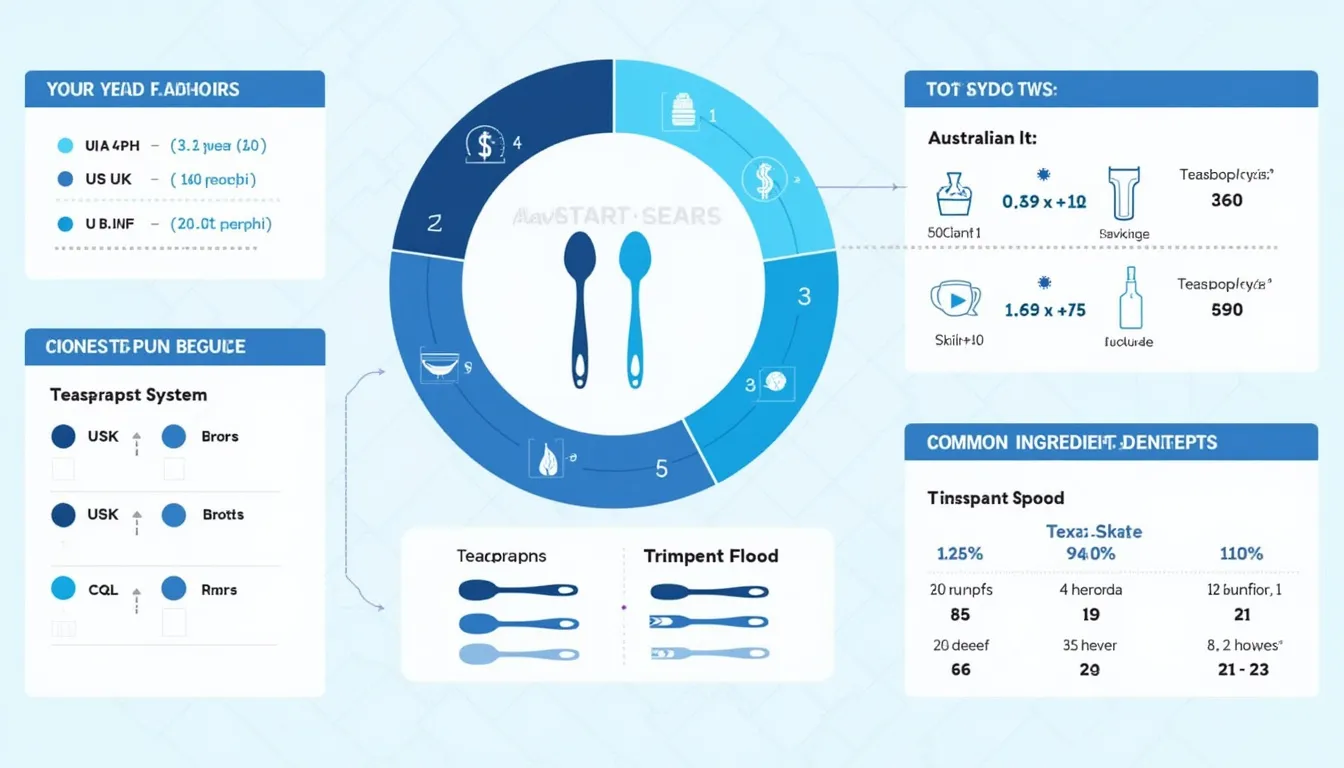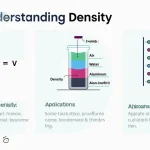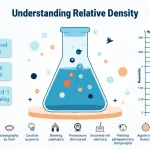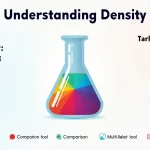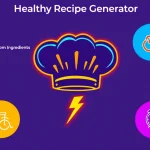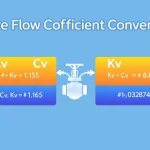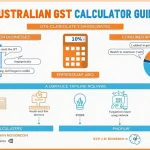Is this tool helpful?
How to use the tool
- Select a measurement system. Pick US Customary, UK Imperial or Australian Metric.
- Enter the amount. Type any positive number, e.g. 7.25 or 3.
- Choose the direction. “Teaspoons → Tablespoons” or the reverse.
- (Optional) Pick a product. Water, sugar, flour, salt, oil, honey or milk for mass in grams.
- Press Convert. Read volume and, if selected, mass.
Core formulas
Conversion factor (CF) depends on the system:
- US & UK CF = 3
- AU CF = 4
$$\text{Tablespoons}= rac{\text{Teaspoons}}{\text{CF}}$$
$$\text{Teaspoons}= \text{Tablespoons}\times\text{CF}$$
Volume in mL:
- US tsp = 4.92892 mL, tbsp = 14.7868 mL
- UK tsp = 5.91939 mL, tbsp = 17.7582 mL
- AU tsp = 5 mL, tbsp = 20 mL
Mass calculation:
$$\text{Mass (g)}=\text{Volume (mL)}\times\text{Density (g/mL)}$$
Example 1 – UK teaspoons to tablespoons with sugar
- Input 7.25 tsp (UK) → CF 3
- Tablespoons = 7.25 ⁄ 3 = 2.42 tbsp
- Volume = 7.25 × 5.91939 = 42.44 mL
- Density sugar = 0.85 g/mL
- Mass = 42.44 × 0.85 = 36.07 g
Example 2 – AU tablespoons to teaspoons with flour
- Input 3 tbsp (AU) → CF 4
- Teaspoons = 3 × 4 = 12 tsp
- Volume = 3 × 20 = 60 mL
- Density flour = 0.53 g/mL
- Mass = 60 × 0.53 = 31.8 g
Quick-Facts
- Australian tablespoon = 20 mL, US tablespoon = 14.7868 mL (NIST SP 811, 2020).
- Honey density ≈ 1.42 g/mL, impacting calorie counts (USDA FoodData, 2019).
- Granulated sugar density averages 0.85 g/mL (FAO Technical Paper 152, 2016).
- Bakers aim for ±1 g accuracy to prevent 5 % loaf volume loss (AACC Method 10-01.01, 2022).
FAQ
What does the conversion factor represent?
The conversion factor (CF) tells you how many teaspoons equal one tablespoon in your chosen system—3 in US & UK, 4 in Australia.
Why specify a measurement system?
Each country defines spoon sizes differently; choosing the system prevents a 35 % error between US and AU tablespoons (NIST SP 811, 2020).
Can I convert liquids and solids?
Yes. Volume works for both; selecting a product applies average density to output mass, useful for precise baking.
How accurate are the densities?
Densities are mid-range laboratory values. Expect ±5 % variation due to temperature and brand differences (USDA FoodData, 2019).
How do I scale a recipe?
Convert each ingredient, multiply by your scale factor, then reconvert if needed. The tool removes manual math.
Is this safe for medicine dosing?
No. Medical dosing requires calibrated syringes or cups following pharmacopeia standards (USP 43-NF 38, 2020).
Why no cup or millilitre option?
This tool focuses on the most error-prone small-volume units; use a dedicated converter for larger measures.
How fast are the calculations?
All math runs client-side in under 0.5 s, so results appear instantly once you press Convert.
Important Disclaimer
The calculations, results, and content provided by our tools are not guaranteed to be accurate, complete, or reliable. Users are responsible for verifying and interpreting the results. Our content and tools may contain errors, biases, or inconsistencies. We reserve the right to save inputs and outputs from our tools for the purposes of error debugging, bias identification, and performance improvement. External companies providing AI models used in our tools may also save and process data in accordance with their own policies. By using our tools, you consent to this data collection and processing. We reserve the right to limit the usage of our tools based on current usability factors. By using our tools, you acknowledge that you have read, understood, and agreed to this disclaimer. You accept the inherent risks and limitations associated with the use of our tools and services.
